How to install Active Directory Domain Services (AD DS) in Windows Server 2012 -Adding a Replica Windows Server 2012 Domain Controller using Cloning.
How to install Active Directory Domain Services (AD DS) in Windows Server 2012 -Adding a Replica Windows Server 2012 Domain Controller using Cloning.
In this blog we will explore how to add a replica domain controller using cloning.
One of the newest features in Windows Server 2012 is the ability to clone an existing domain controller in a production environment. There are a few requirements to be able to clone a domain controller.
- The hypervisor must support VM-GenerationID. Hyper-V running on Windows Server 2012 supports this feature.
- The source domain controller must be virtualized.
- The source virtual domain controller must be running Windows Server 2012.
- The PDC emulator role holder must be online and available to the cloned DC (must be running on a Windows Server 2012).
- The source domain controller must be a member of the Cloneable Domain Controllers global group.
Making the source DC Cloneable.
- Using Active Directory Users and Computers add the source domain controller to the Cloneable Domain Controllers Group.
Note: In order to see the DC’s in the Select this object type: you must use the Object Types box and check Computers.
Note: Any DC that is cloned from this DC will also be placed in the Cloneable Domain Controllers group.
Note: In order for the newly cloned DC to be unique an XML configuration file must be created called DCCloneConfig.xml that will be used during the first boot sequence.
- Launch PowerShell on the source domain controller.
- Import the Active Directory Manifest. Type Import-module activedirectory.
- Use get-help to review a new PowerShell CMDLET for generating the DCCloneConfig.xml file. Type get-help New-ADDCCloneConfig –full.
- Type get-help New-ADDCCloneConfig –examples to get examples of how to use the CMDLET.
Using the above example type
New-ADDCCloneConfig –static –IPv4Address “172.16.10.30” –IPv4DNSResolver “172.16.10.10” –IPv4SubnetMask “255.255.255.0” –CloneComputerName “USSHQSrv3” –IPv4DefaultGateway “172.16.10.1” –SiteName “Default-First-Site-Name”
Note: If the Validating tests fails with a service or application that is not compatible with cloning, once you have verified the application or service is ok to clone.
Use Get-ADDCCloningExcludedApplicationList to view the list
Use Get-ADDCCloningExcludedApplicationList –GenerateXML to create and exceptions list
Note: The XML file is created in c:\windows\NTDS\DCCloneConfig.XML
- The source domain controller is now ready to be cloned. Turn off the source server.
Export the Server
Use the Hyper-V Manager to export the server.
Importing the Server
- Launch the Hyper-V Manager
- In the Actions pane select Import Virtual Machine, select Next.
- Browse to the folder to locate the virtual machine, select Next.
- Select the Virtual Machine to Import, select Next.
- Choose Copy the virtual machine (create a new unique ID), Select Next.
6. Choose folders to store the copied virtual machine. Select Next.
7. Choose where to store the virtual hard disks, select Next, Select Finish
8. Note: When the Import completes the virtual machine will have the same name in the Hyper-V Manager as the Exported machine, this can be renamed.
9. On the first startup of the cloned domain controller you will see the following display:
msDS-GenerationID
1. After the new clone DC has started up you can verify the existence of the newly generated unique domain controller ID. This value can only be view in the Attribute Editor of the DC Object within AD DS. You have to be logged on to the DC and use ADUC to view the new msDS-GenerationID attribute.
2. If you are logged onto a different DC the attribute will show as not set.
Your cloned domain controller is now ready for use. Until next time ride safe.
To review the previous blogs visit:
Establishing an AD DS Forest
Adding a replica Domain Controller to an existing AD DS Domain
Adding a replica Domain Controller to an existing AD DS Domain using the Install From Media (IFM) method
Rick Trader
Windows Server Instructor – Interface Technical Training
Phoenix, AZ
You May Also Like
A Simple Introduction to Cisco CML2
0 3896 0Mark Jacob, Cisco Instructor, presents an introduction to Cisco Modeling Labs 2.0 or CML2.0, an upgrade to Cisco’s VIRL Personal Edition. Mark demonstrates Terminal Emulator access to console, as well as console access from within the CML2.0 product. Hello, I’m Mark Jacob, a Cisco Instructor and Network Instructor at Interface Technical Training. I’ve been using … Continue reading A Simple Introduction to Cisco CML2
Creating Dynamic DNS in Network Environments
0 642 1This content is from our CompTIA Network + Video Certification Training Course. Start training today! In this video, CompTIA Network + instructor Rick Trader teaches how to create Dynamic DNS zones in Network Environments. Video Transcription: Now that we’ve installed DNS, we’ve created our DNS zones, the next step is now, how do we produce those … Continue reading Creating Dynamic DNS in Network Environments
Cable Testers and How to Use them in Network Environments
0 727 1This content is from our CompTIA Network + Video Certification Training Course. Start training today! In this video, CompTIA Network + instructor Rick Trader demonstrates how to use cable testers in network environments. Let’s look at some tools that we can use to test our different cables in our environment. Cable Testers Properly Wired Connectivity … Continue reading Cable Testers and How to Use them in Network Environments
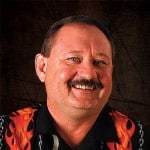
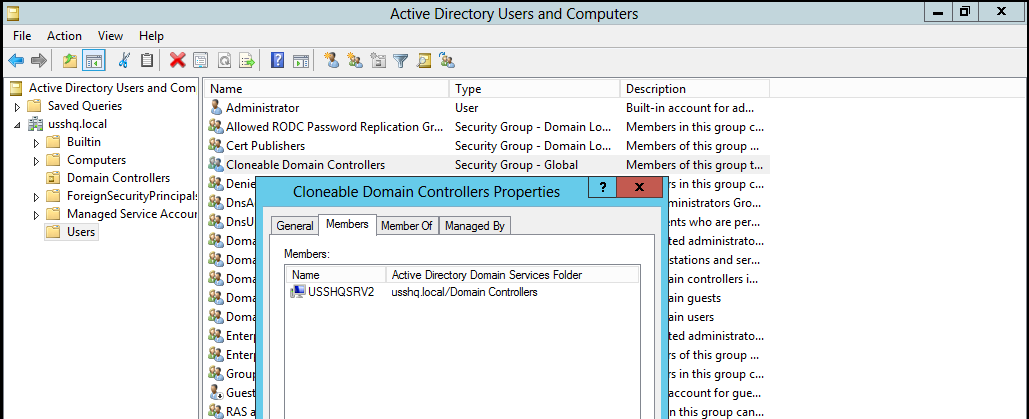


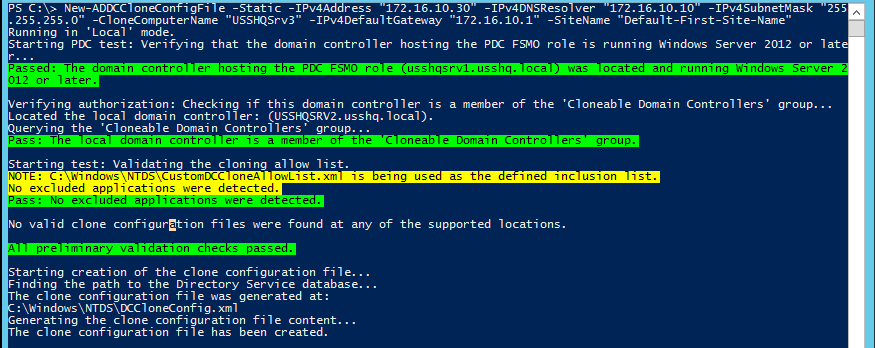
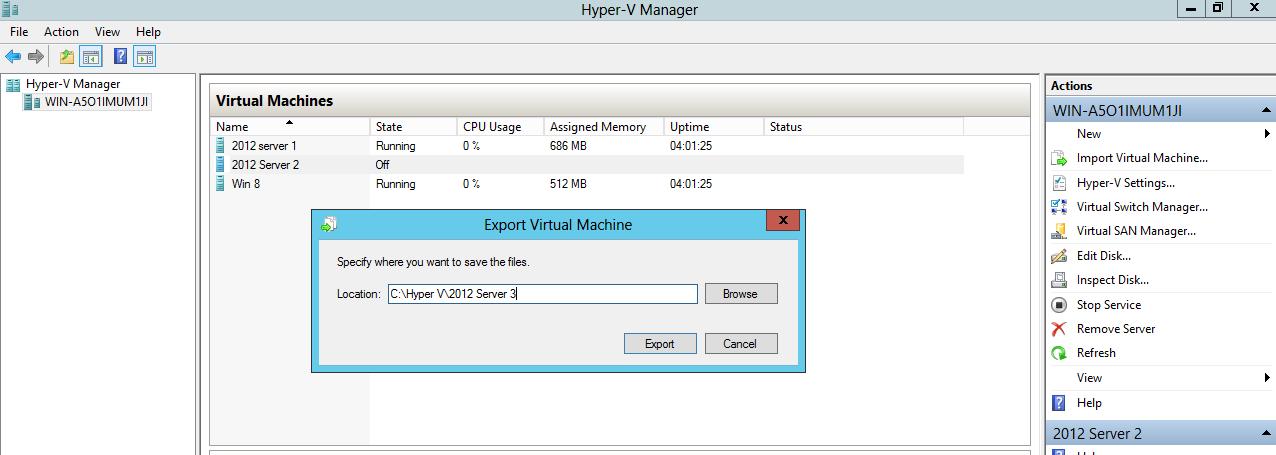
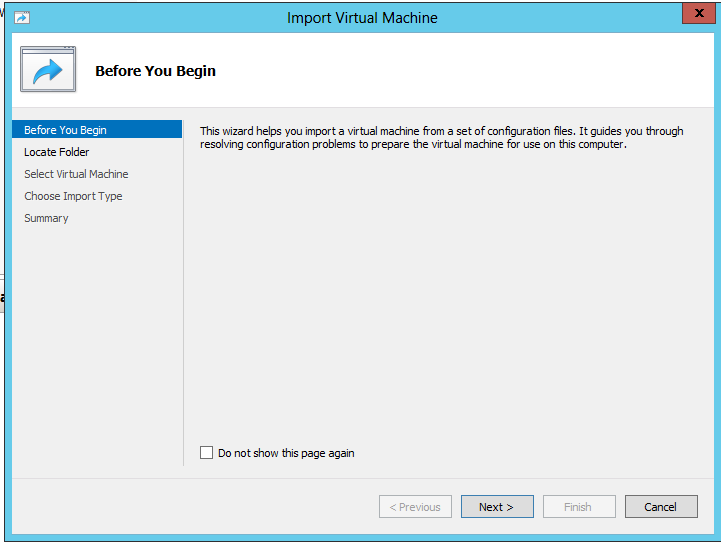
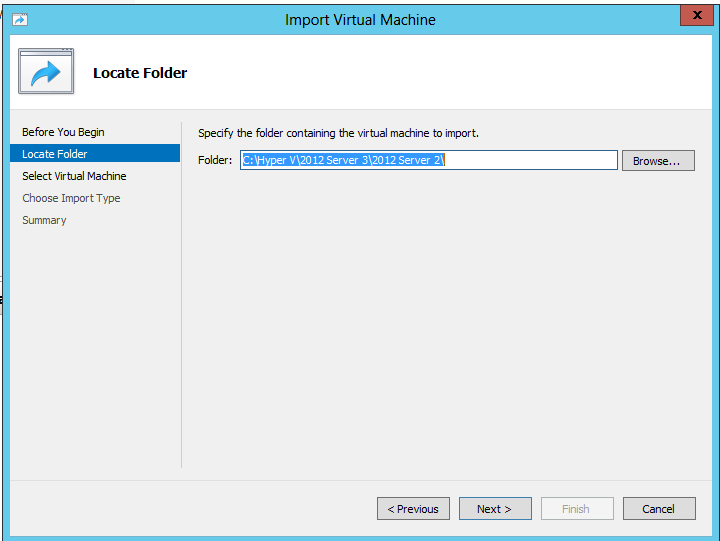
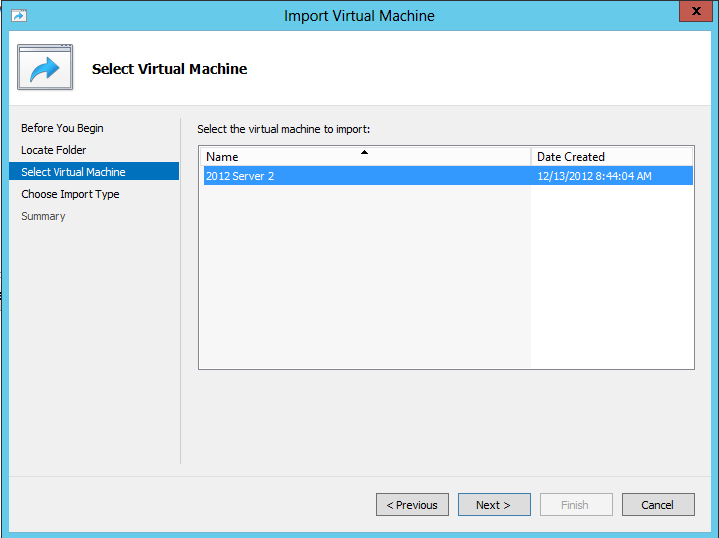
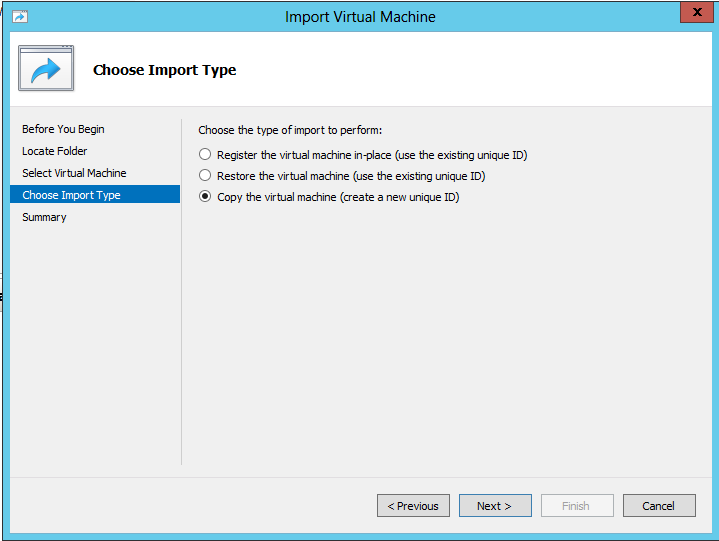
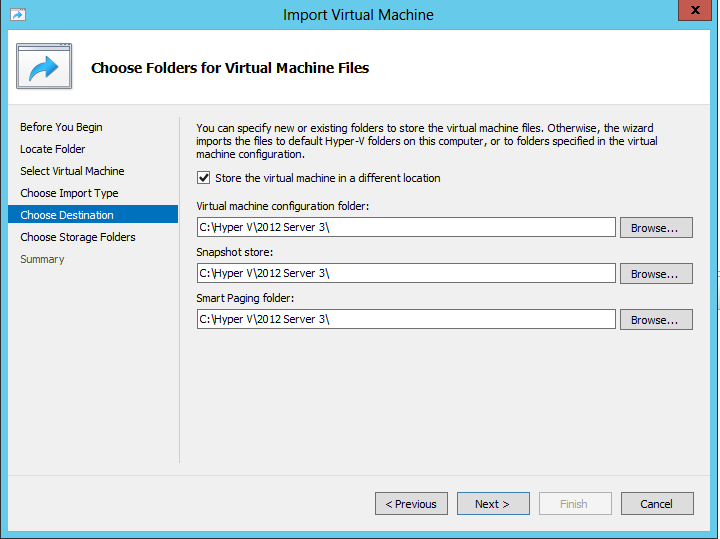
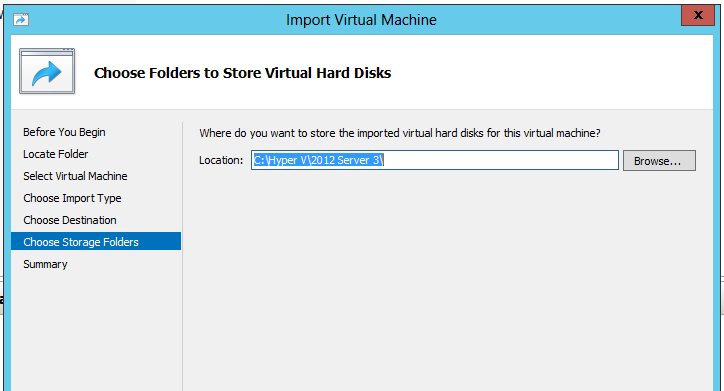
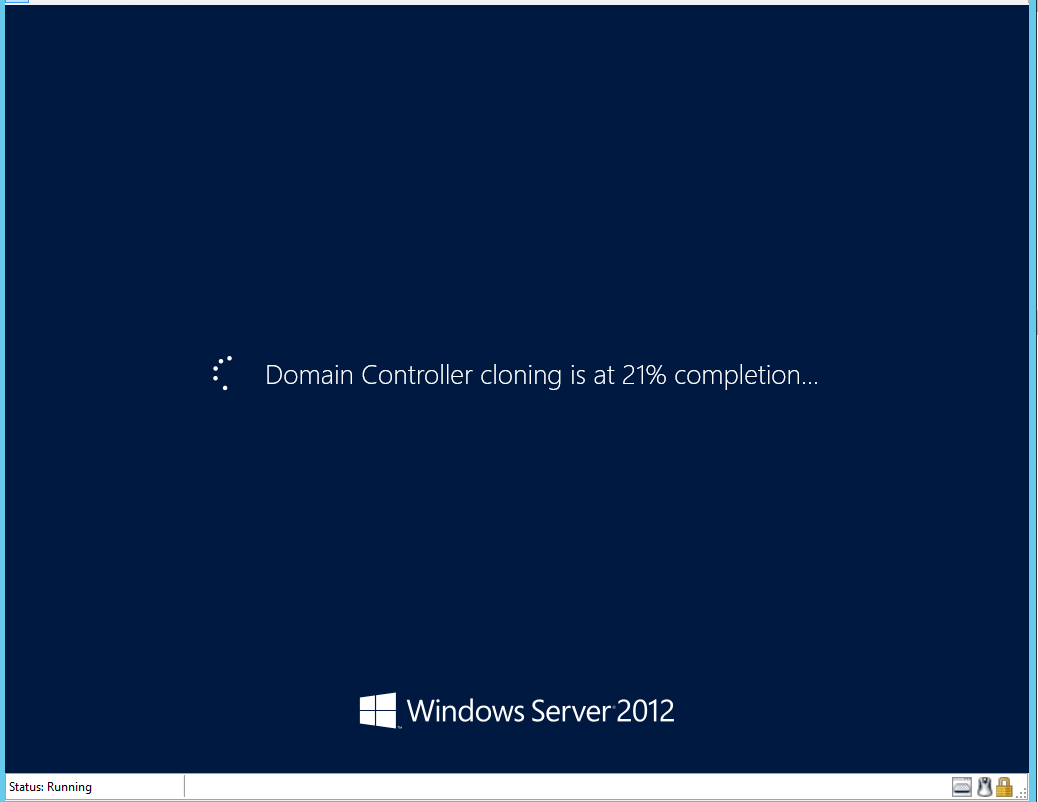
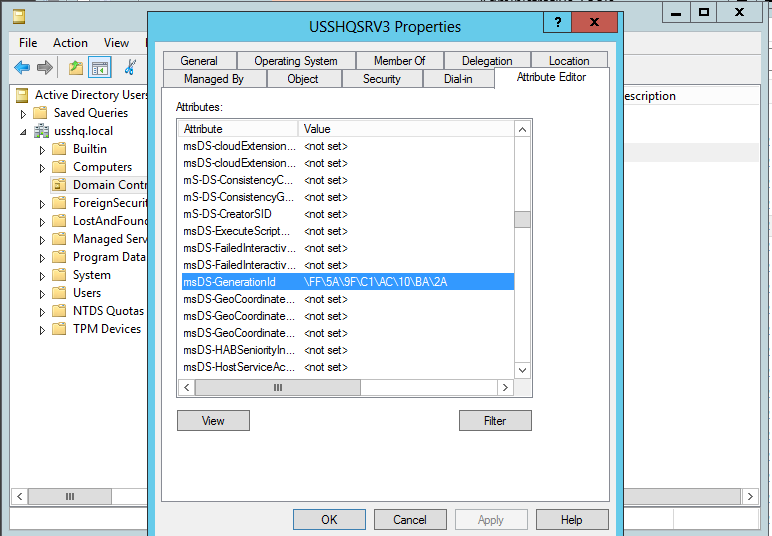
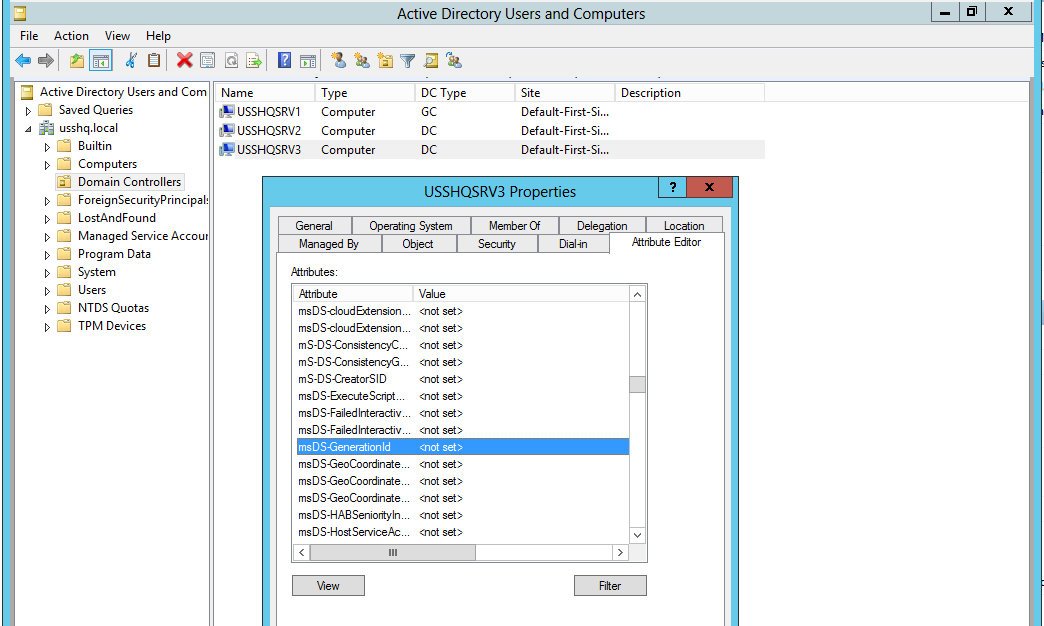

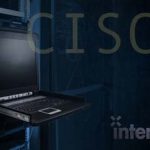


See what people are saying...